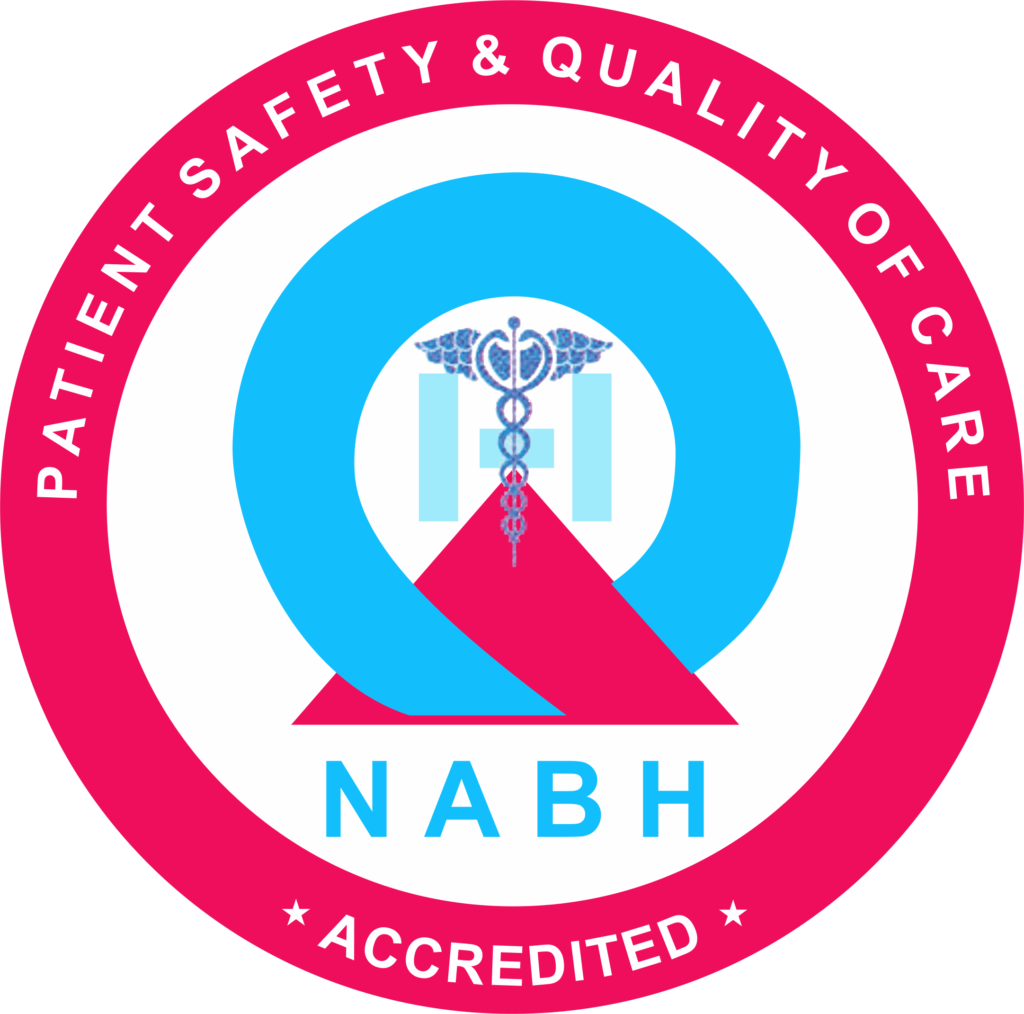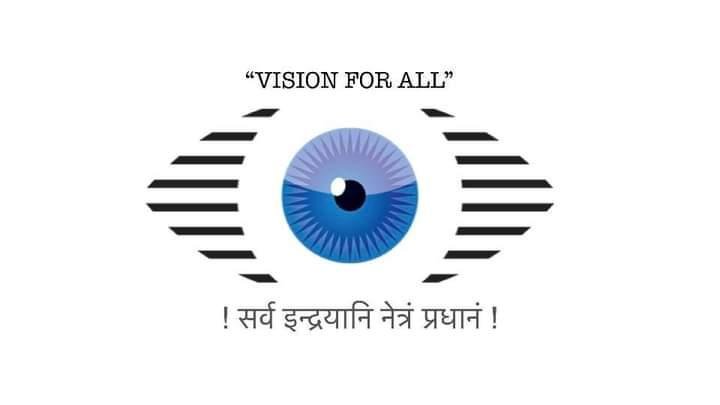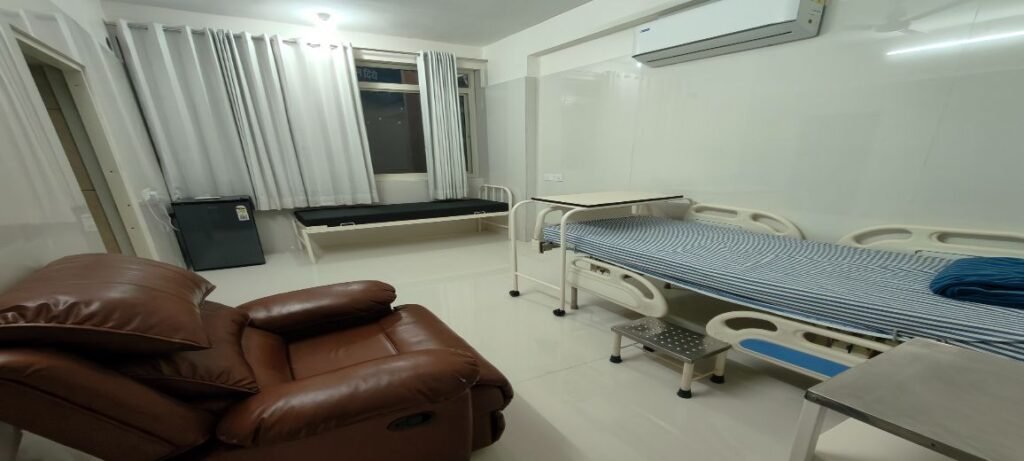Dry Eye
At Dhir Hospital, we have a dedicated team of cornea specialists committed to provide you with the best possible care to protect your vision.
- Home
- Service
- Dry eye
Overview
Dry eye disease is a common problem when your eyes don’t have enough tears to stay properly lubricated. There are various reasons this happens , you might not produce enough tears, or the tears you make may not be good quality. When your tears aren’t stable, it can cause inflammation and harm to the surface of your eyes.
Dry eyes can make your eyes feel uncomfortable like they are stinging or burning. You might notice this more in certain situations, such as on an airplane, in a room with air conditioning, while riding a bike, or after staring at a computer for a long time.
To feel better, treatments for dry eyes can include changes in your daily habits and using special eye drops. These measures might be needed for a long time to keep your eyes comfortable and manage dry eye syndrome.
Symptoms
When you have dry eyes, you might experience these signs and symptoms in both eyes:
- Stinging, Burning, or Scratchy Eyes: Your eyes may feel like they are stinging, burning, or have a scratchy sensation.
- Stringy Mucus: You might notice stringy mucus in or around your eyes.
- Sensitivity to Light: Your eyes may become more sensitive to light than usual.
- Redness: The whites of your eyes may appear red.
- Feeling Something in Your Eyes: You might feel as if there’s something in your eyes.
- Difficulty with Contact Lenses: Wearing contact lenses could become uncomfortable.
- Nighttime Driving Issues: Difficulty seeing clearly while driving at night.
- Watery Eyes: Paradoxically, your eyes may water more as a response to the irritation caused by dry eyes.
- Blurred Vision or Eye Fatigue: Your vision may become blurry, and your eyes might feel tired quickly.
When to see a doctor
Seeing your doctor is a good idea if you’ve been experiencing prolonged issues like redness, irritation, tiredness, or painful eyes. They can determine what’s causing the problem and recommend the best dry eye treatment. Your doctor might also suggest various dry eye treatment options or refer you to a specialist who can provide more targeted care. Don’t hesitate to seek help for the best possible solution for your dry eyes.
Causes
Dry eyes happen when there are issues with the three layers of your tear film – fatty oils, aqueous fluid, and mucus – which usually keep your eyes lubricated. Several factors can disrupt this balance:
- Tear Glands and Ducts:
- Lacrimal glands above your eyeballs produce tear fluid that spreads when you blink.
- Excess fluid drains through tear ducts into the nose.
- Decreased Tear Production (Keratoconjunctivitis Sicca):
- It happens when you can’t produce enough liquid tears.
- Common causes: Aging, medical conditions like Sjogren’s syndrome, rheumatoid arthritis, certain medications, and corneal nerve desensitivity.
- Increased Tear Evaporation:
- Oil film from meibomian glands on eyelid edges might get blocked.
- Common causes: Posterior blepharitis, blinking less often, eyelid problems, eye allergies, preservatives in eye drops, environmental factors like wind or dry air, and vitamin A deficiency.
Risk Factors
Certain factors can increase the likelihood of experiencing dry eyes:
- Age: Dry eyes are more common in people over 50 as tear production decreases with age.
- Gender: Women are more prone to a lack of tears, especially during hormonal changes like pregnancy, birth control pill use, or menopause.
- Diet: A diet low in vitamin A (found in liver, carrots, and broccoli) or omega-3 fatty acids (found in fish, walnuts, and vegetable oils) can contribute to dry eyes.
- Contact Lenses or Refractive Surgery: Wearing contact lenses or having a history of refractive surgery increases the risk of dry eyes
Complications
People with dry eyes may face the following complications:
- Eye Infections: Tears help protect the eyes from infections. Without enough tears, there’s a higher risk of developing eye infections.
- Damage to the Eye Surface: If severe dry eyes are not treated, they can lead to inflammation, corneal surface abrasion, ulcers, and potential vision loss.
- Decreased Quality of Life: Dry eyes can make everyday activities, like reading, challenging. This can impact the overall quality of life.
Prevention
To prevent dry eyes and alleviate symptoms, consider the following:
- Avoiding Air Flow: Steer clear of direct air blowing into your eyes from hair dryers, car heaters, air conditioners, or fans.
- Adding Moisture: Use a humidifier in winter to add moisture to dry indoor air.
- Protective Eyewear: Wear wraparound sunglasses or protective eyewear to shield your eyes from wind and dry air.
- Taking Eye Breaks: During extended tasks requiring visual focus, take breaks. Close your eyes briefly or blink repeatedly to spread tears evenly.
- Environment Awareness: Be mindful of dry environments like high altitudes, deserts, or airplanes. Take short breaks to close your eyes and reduce tear evaporation.
- Computer Screen Positioning: Position your computer screen below eye level to minimize eye-opening and slowing tear evaporation.
- Quit Smoking: If you smoke, consider quitting, as smoke can worsen dry eyes. Seek assistance from your healthcare provider if needed.
- Use Artificial Tears: Regularly use artificial tears, even when your eyes feel fine, to maintain proper lubrication.
Diagnosis
To find the cause of your dry eyes, your eye care specialist may use the following tests and procedures:
- Comprehensive Eye Exam:
- This involves a detailed examination of your overall health and eye health history to diagnose the underlying cause of dry eyes.
- Tear Volume Measurement:
- The Schirmer tear test involves placing paper strips under your lower eyelids for five minutes to measure tear production.
- The phenol red thread test uses a thread with pH-sensitive dye to measure tear volume over 15 seconds.
- Quality of Tears Test:
- Special dyes in eye drops are used to assess the surface condition of your eyes. The eye care specialist checks for staining patterns on the corneas and measures tear evaporation time.
- Tear Osmolarity Test:
- This test measures the composition of particles and water in your tears, helping identify dry eye disease by detecting lower water content.
- Tear Sample Analysis:
- Collecting tear samples to analyse markers of dry eye disease, such as elevated matrix metalloproteinase-9 or decreased lactoferrin.
Treatment
For those seeking the best dry eye treatment or exploring dry eye treatment options, it’s crucial to understand the causes of dry eyes and available remedies, especially for severe dry eye cases treatment options range from artificial tears and punctual plugs to medications like cyclosporine or corticosteroids. Innovative approaches, such as using eye drops made from the patient’s blood or a nasal spray like varenicline, may be considered in severe cases. Consulting with an eye care specialist will help identify the most effective and tailored dry eye treatment for your needs.
For occasional or mild dry eye symptoms, using nonprescription eye drops (artificial tears) regularly may be sufficient. However, if symptoms persist or are more severe, different treatment options are available based on the underlying cause of your dry eyes.
- Punctal Plugs: Tiny silicone plugs can be placed in the tear duct openings to conserve natural and artificial tears, preventing rapid drainage.
- Treating Underlying Causes: Addressing health issues causing dry eyes, such as changing medications or referring to an oculoplastic surgeon for eyelid conditions like ectropion.
- Medications: Prescription medicines may include antibiotics for eyelid inflammation, eye drops with cyclosporine or corticosteroids to control cornea inflammation, inserts for severe symptoms, tear-stimulating medication, eye drops made from the patient’s blood, or a nasal spray (varenicline) to increase tear production.
- Other Procedures: Procedures like closing tear ducts with plugs or thermal cautery, using unique contact lenses (scleral or bandage lenses), unblocking oil glands with warm compresses or a thermal pulsation device, and employing light therapy and eyelid massage.
Our Related Services
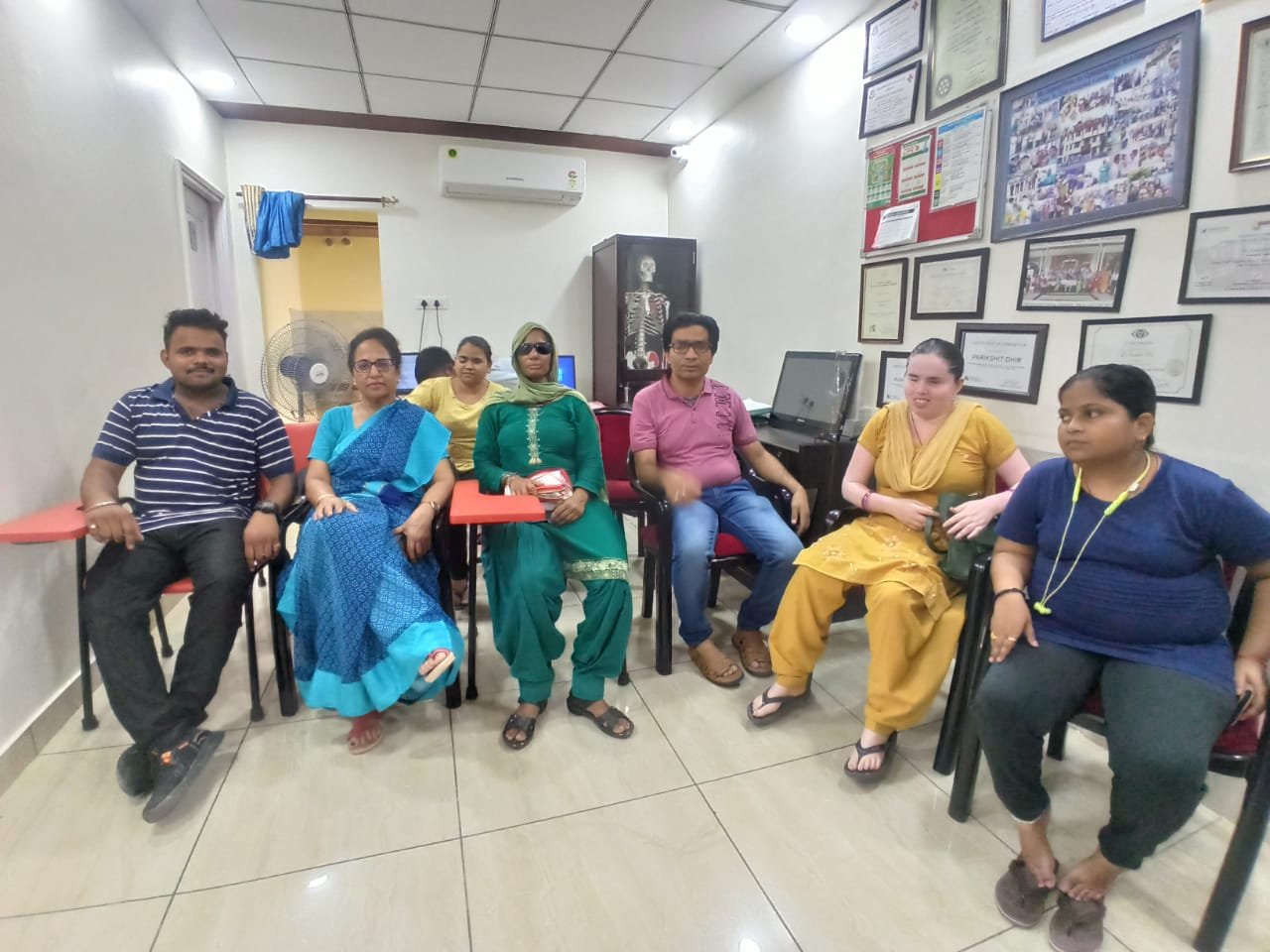
Vision Enhancement and Rehabilitation
Visit the leading vision therapy and rehabilitation centre in Bhiwani, Haryana. Our optometrists provide the best services to enhance visual abilities.
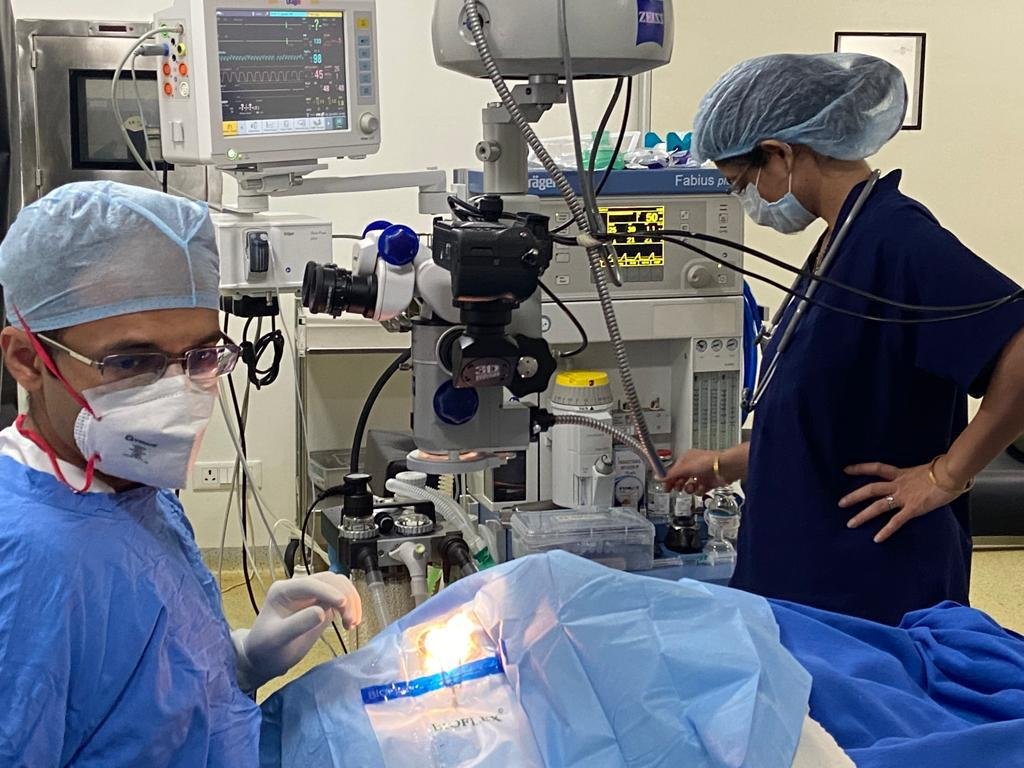
Modular OT & Anaesthesia Facility
Experience Latest modular OT and anesthesia facilities at Dhir Hospital. Our advanced infrastructure ensures a safe and efficient surgical environment.
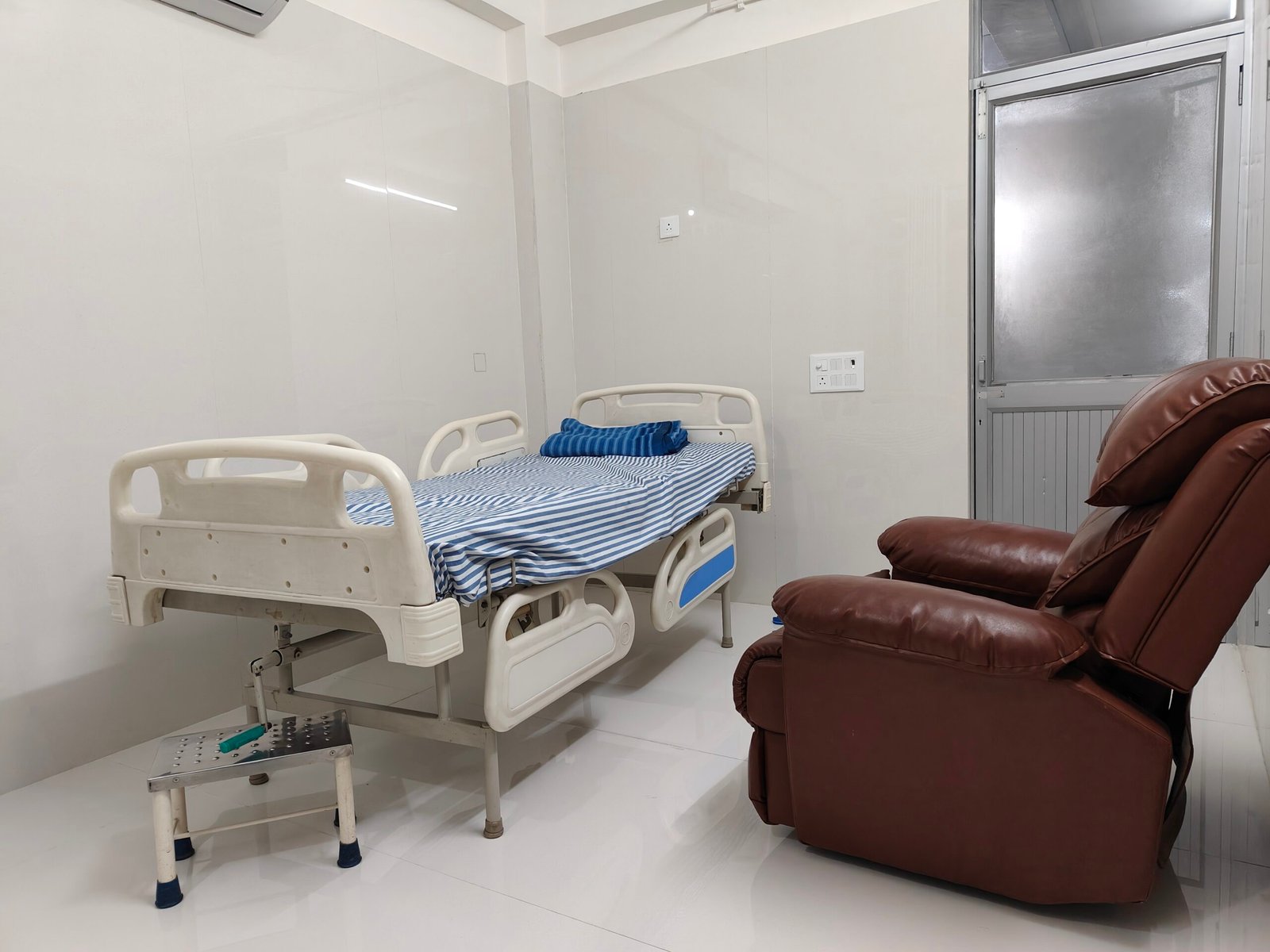
OPD & Private Room
Experience personalized care and comfort at Dhir Hospital with our OPD and private room facilities. Our dedicated team of doctors and staff ensure a seamless healthcare experience.
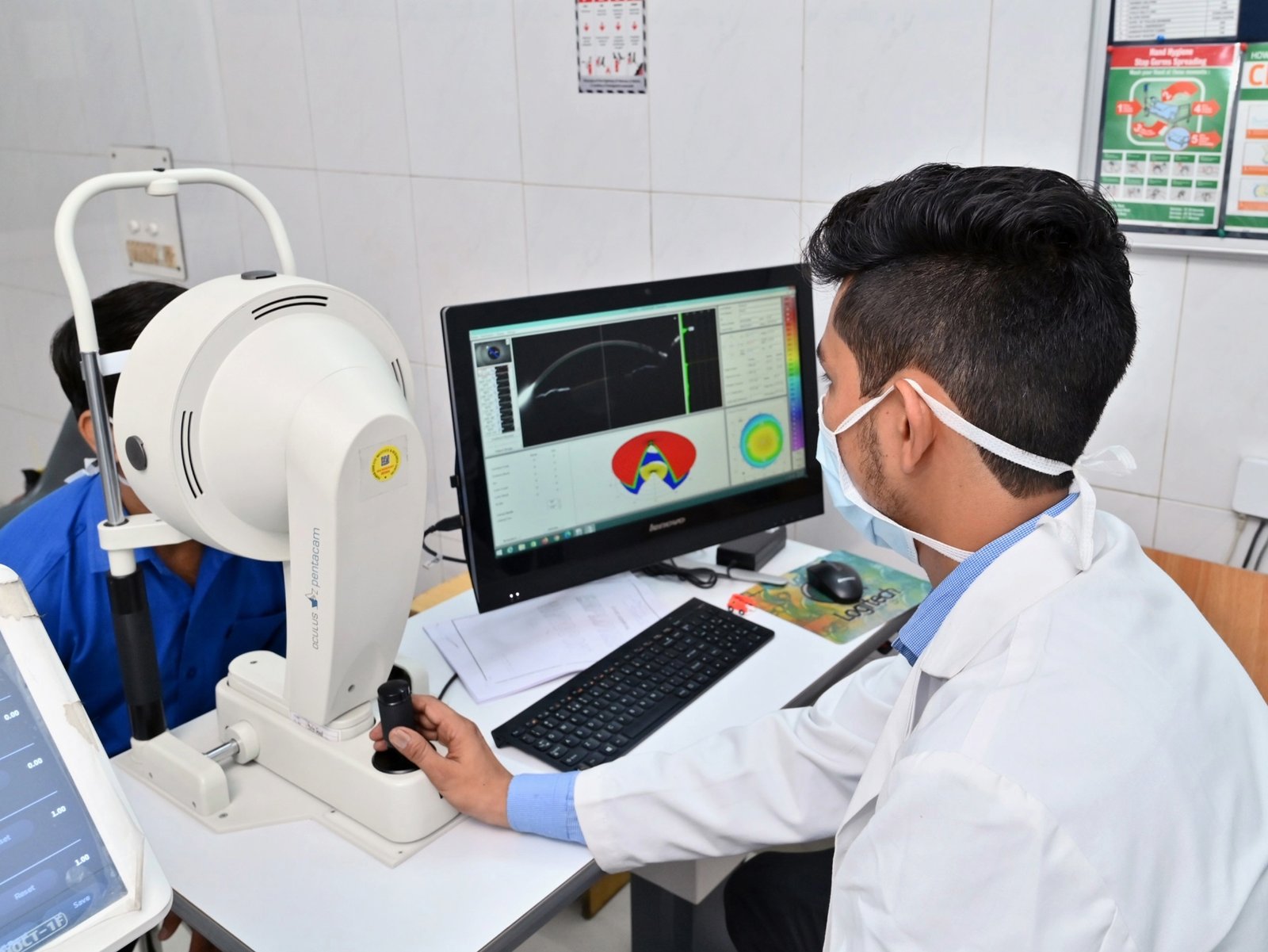
Cornea
At Dhir Hospital, we have a dedicated team of cornea specialists committed to provide you with the best possible care to protect your vision.
FAQ
Frequently Ask Questions.
An eye care professional can diagnose dry eye through a comprehensive eye examination, which may include evaluating your symptoms, measuring tear production, assessing the quality of your tears, and examining the health of your eyes.
Yes, dry eye can be managed and treated. Treatment options may include using artificial tears or lubricating eye drops to alleviate dryness, addressing underlying causes, managing contributing factors (like screen time or environmental conditions), and in some cases, prescribing medications or recommending specialized procedures.
Yes, certain lifestyle changes can help manage dry eye symptoms. These include blinking regularly, taking breaks from screen time or activities that strain the eyes, using humidifiers to increase moisture in the air, protecting the eyes from irritants with sunglasses or protective eyewear, and maintaining a healthy diet rich in omega-3 fatty acids.
